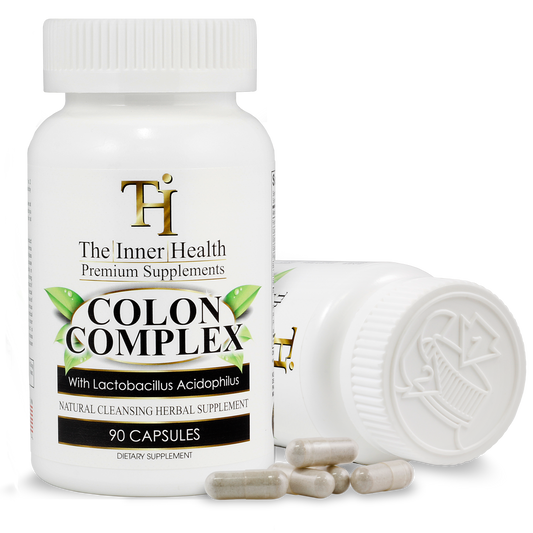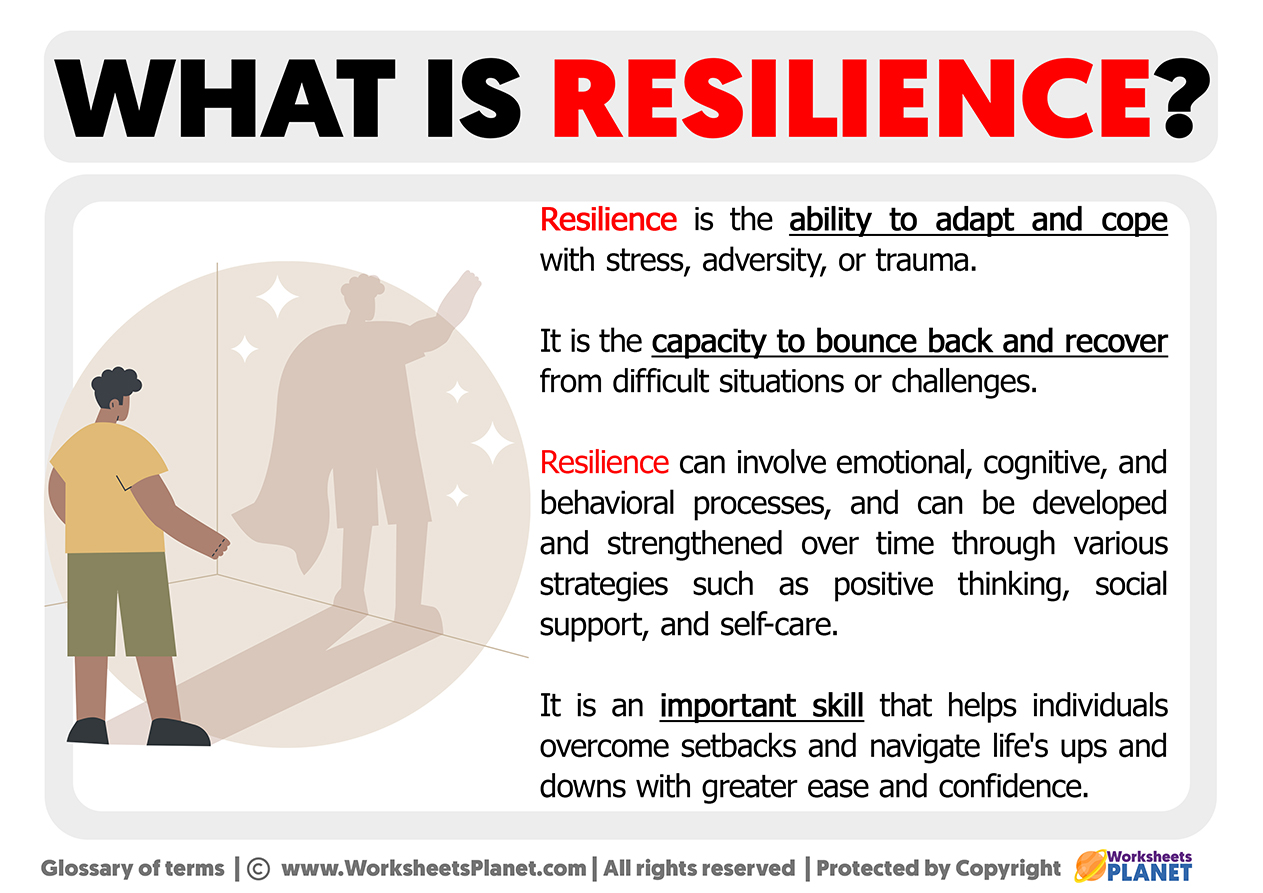Introduction:
Embarking on a fitness journey is an empowering decision, but it’s essential to prioritize safety every step of the way. Whether you’re a seasoned gym-goer or a newcomer to the world of exercise, understanding and implementing crucial workout safety guidelines is paramount to safeguarding your well-being and maximizing your fitness progress.
Understanding Your Body:
Before diving into any workout routine, take the time to understand your body’s capabilities, limitations, and any pre-existing conditions. Listen to your body’s cues and be mindful of any discomfort or pain during exercise. It’s important to start gradually and progress at a pace that feels comfortable for you, rather than pushing yourself too hard too soon.
Proper Warm-Up and Cool Down:
Never underestimate the importance of a proper warm-up and cool down before and after your workout sessions. A dynamic warm-up helps prepare your muscles, joints, and cardiovascular system for the upcoming activity, reducing the risk of injury. Similarly, a cooldown allows your body to gradually return to its resting state, helping prevent muscle soreness and stiffness.
Correct Form and Technique:
Maintaining correct form and technique during exercise is crucial for preventing injuries and maximizing the effectiveness of your workouts. Whether you’re lifting weights, performing bodyweight exercises, or engaging in cardiovascular activities, focus on proper alignment, posture, and movement patterns. If you’re unsure about the correct form, consider working with a certified personal trainer to ensure you’re performing exercises safely and effectively.
Gradual Progression:
While it’s tempting to push yourself to the limit in pursuit of your fitness goals, it’s important to progress gradually and avoid overexertion. Rapidly increasing the intensity, duration, or frequency of your workouts can lead to burnout, fatigue, and increased risk of injury. Instead, aim for incremental improvements over time, allowing your body to adapt and recover between sessions.
Hydration and Nutrition:
Proper hydration and nutrition are essential components of a safe and effective workout regimen. Drink plenty of water before, during, and after your workouts to stay hydrated and maintain optimal performance. Additionally, fuel your body with a balanced diet rich in lean proteins, complex carbohydrates, and healthy fats to support muscle growth, repair, and overall well-being.
Appropriate Rest and Recovery:
In the pursuit of fitness goals, it’s easy to overlook the importance of rest and recovery. However, adequate rest is essential for allowing your muscles to repair and grow stronger. Incorporate rest days into your weekly schedule and listen to your body’s signals for fatigue and overtraining. Additionally, prioritize quality sleep to support overall recovery and optimize performance.
Use of Proper Equipment:
When engaging in various forms of exercise, ensure that you’re using proper equipment that is well-maintained and appropriate for your fitness level. Whether it’s choosing the right footwear for running, selecting the appropriate weight for strength training, or ensuring the safety features of cardio machines are in place, investing in quality equipment can help prevent accidents and injuries.
Listening to Your Body:
Above all, listen to your body and prioritize self-care throughout your fitness journey. If you experience persistent pain, discomfort, or unusual symptoms during or after exercise, don’t ignore them. Consult with a healthcare professional or fitness expert to address any concerns and make necessary adjustments to your workout routine.
Conclusion:
By implementing these crucial workout safety guidelines into your fitness regimen, you can protect yourself from injuries, optimize your performance, and achieve your health and fitness goals safely and effectively. Remember, safety should always be your top priority as you strive for progress and success on your fitness journey. Read more about workout safety tips





